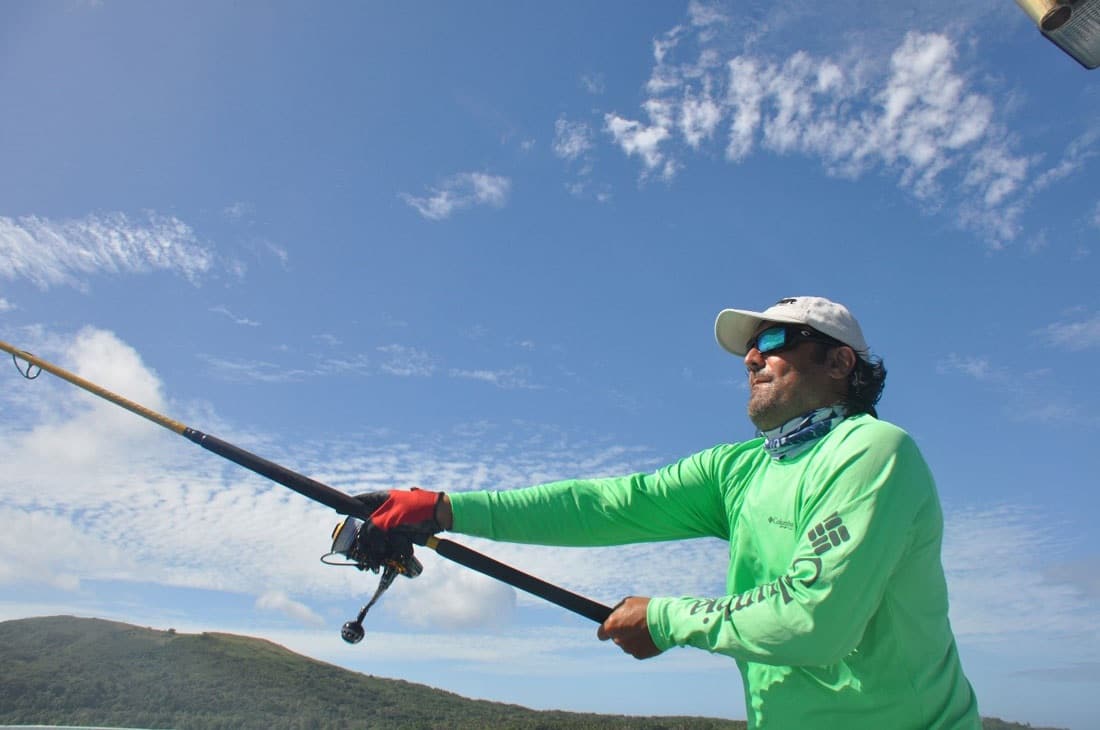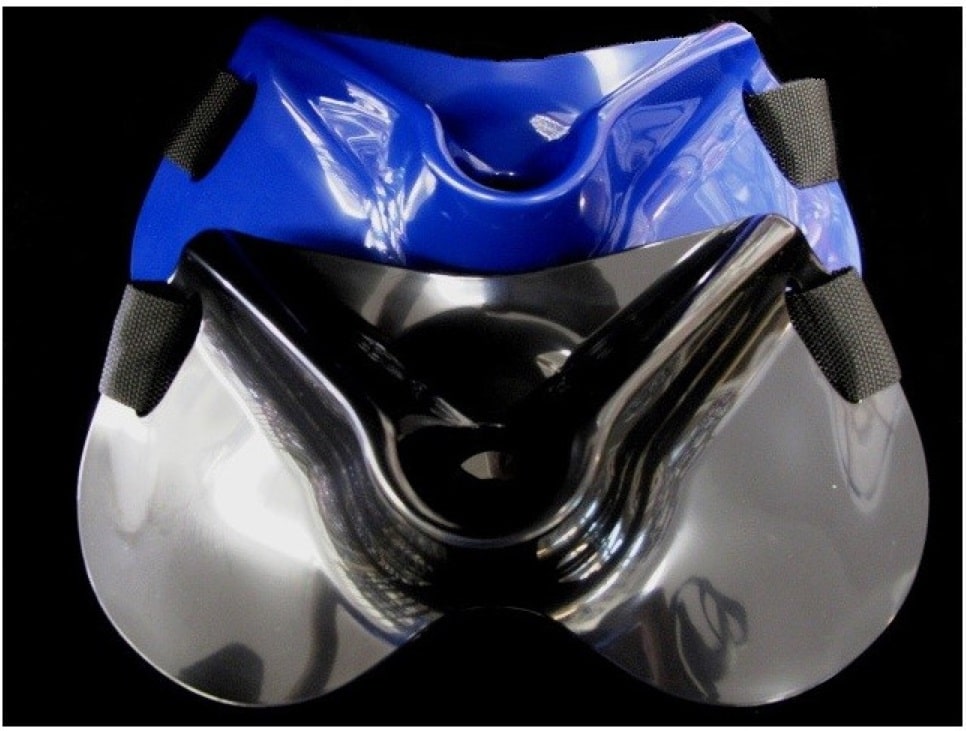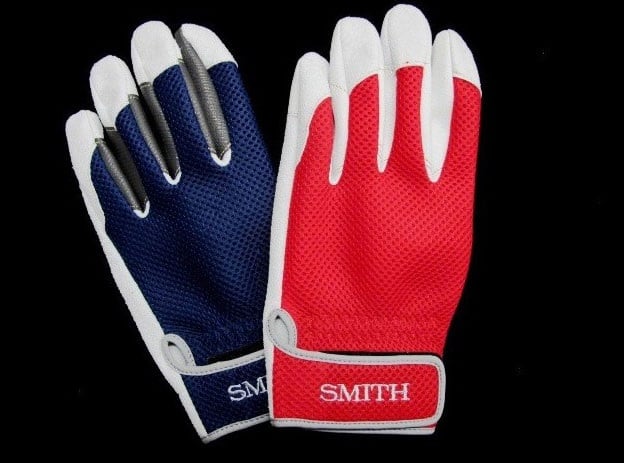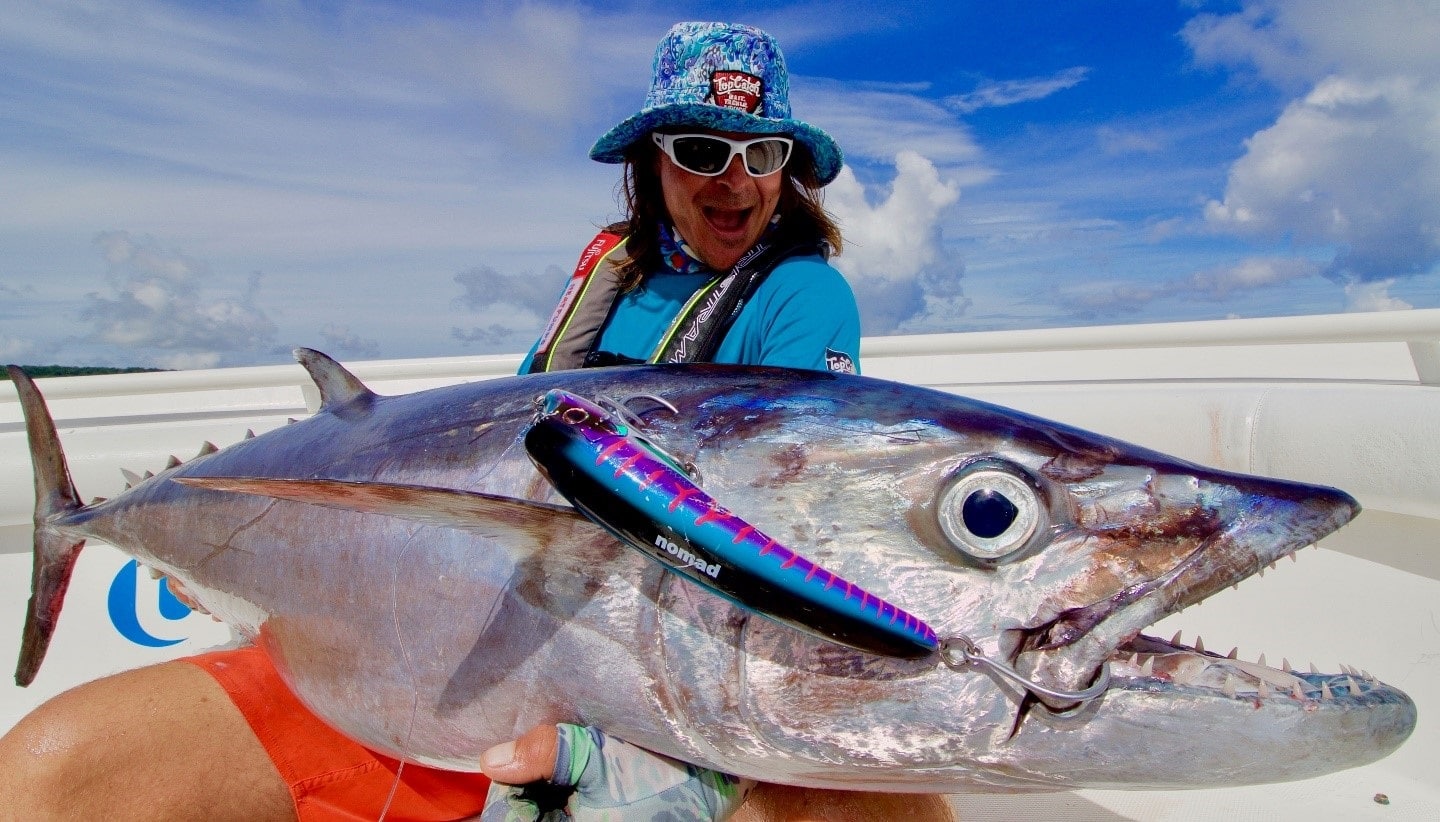Nothing compares to a topwater hit. Especially if it is an implosion that creates a crater the size of a small car. A surface take on a topwater lure is what causes fishermen to lust for more topwater hits and it causes an addiction that can only be satisfied by more topwater hits. There are so many topics to cover under this popular fishing style so this may be a multi part blog. We will cover the gear, lures and terminal tackle needed to fully enjoy a topwater fishing adventure.
There are two main lures topwater junkies always have in their kit. Stickbaits and poppers.
Using big poppers with big cupped faces can cause a topwater commotion that no other lure can make. There are a wide range of different popper styles and designs that can work in different fishing situations and the conditions around us will also dictate which style popper to use. Stickbaits on the other hand require some finesse and uses sexy slashes and rolls to attract a hit. There are more varieties of stickbaits than there are poppers and we will try to describe each one of them as best as we can. But let us begin with the gear that you will use when you head out for a topwater fishing session. Please note that we will be basing our gear classification based on GT, Kingie and Tuna fishing. Let’s begin!
Fishing Gear

Let’s begin with the gear. Experienced fishermen call topwater fishing addictive and expensive. Connecting with a big fish on topwater will take a toll on your gear and this is where you can say that ‘you get what you pay for’. Having the best gear in the world is still no substitute for full on effort when fishing. Make sure that all your connections are good, from knots, terminals like split rings and swivels are rigged up correctly and you will avoid losing majority of the fish you hook up to.
We highly recommend buying the best you can afford. High quality rods and reels that can take the abuse that they will partake in every time you head out for a fish is a no brainer. You want to have full confidence in your outfit each time you hook up. It isn’t pleasant to hear squeaking or crunching noises when hooked up to your fish of a lifetime.
Fishing Rods
There are so many rods out there to choose from but we will only tackle the ones we feel most of us saltwater anglers will use the most. We also won’t mention any brand names but only PE ratings and lure ratings to keep this post as informative as possible without making it too long of a read.
Light to Medium topwater rods
These guys are best for targeting topwater kingies or rat Geets in the 10 – 15kg range. YFT or any other pelagic tuna species will be heaps of fun on these rods without being a back breaker. Casting plugs up to 100g won’t be an issue for these rods and are extremely comfortable to cast all day long. Anything more than 20kg that hits will be one heck of a challenge though.
Medium topwater rods (PE 6 – 7)
An in betweener for the experienced and a very nice backup rod to have in your quiver. The PE 6 – 7 rods will be able to cover your light casting work but will be capable of landing the bigger specimens of up to 25kg with aplomb. With enough experience under your belt, those 30 keggers will be available for your picking.
Heavy topwater rods (PE 8 -10)
Targeting the 40 – 50kg class Geets? Want some big YFT or BFT for sashimi tonight? Get them broomsticks out. These rods will be on the must have list for those who want to catch the bigger busses and barrels. They will be able to cast bigger lures of up to 240mm or 200g max and will be more than capable of handling your bigger targets. Very hard to handle for those who are inexperienced but with guidance from our guides at Ocean Blue, you won’t be left to tread the deep end alone. You will be using your bodyweight to utilize the rods’ full potential. Keep your elbow locked and use your legs to gain line.
Extra Heavy Rods (~ PE 12)
This is for when you are after the 60kg and up class fish. They will break you both physically and mentally if you are unprepared.
Matching Reels to Fishing Rods
Match your reels to the rods you intend to pair them with. A PE 6 reel for a PE 6 rod, a PE 8 reel for a PE8 rod etc. Shimano sizes 8000 for the lighter rods, 14000 to 18000 for the heavier PE 8 – 12 class rods.
Get the best you can afford in this area. You want to avoid sticky drags to avoid busting off. With so much tension in your line in this type of fishing, you’d want a drag that will smoothly let line out while applying the most pressure your line and rod (and your body) can handle.
Having the best gear in the world is still no substitute for full on effort when fishing.
Construction quality that can handle daily saltwater abuse also comes into play. Also consider ease of servicing. Some big name manufacturers offer maintenance services but may take some time. Most don’t provide this service so prepare to learn how to service your own reels.
Accessories
Gimbal / Fighting Belt
 This is absolutely necessary for you to be able to battle your quarry with utmost efficiency. Without one, you experience an uncomfortable fight as the but will be resting on your soft tissued areas (groin, belly, etc). You won’t be able to fight the fish effectively if you place it under your arm the whole time as you won’t be able to utilize the rods’ strength to its full capabilities. So do yourself a favor and get a good quality gimbal that is light and comfortable to wear so you can keep it on you at all times when fishing.
This is absolutely necessary for you to be able to battle your quarry with utmost efficiency. Without one, you experience an uncomfortable fight as the but will be resting on your soft tissued areas (groin, belly, etc). You won’t be able to fight the fish effectively if you place it under your arm the whole time as you won’t be able to utilize the rods’ strength to its full capabilities. So do yourself a favor and get a good quality gimbal that is light and comfortable to wear so you can keep it on you at all times when fishing.
Gloves
 Another absolute necessity. These are not to keep your hands nice and soft for the missus but is to avoid injury to your casting fingers and to keep the fishing as comfortable as possible to ensure a good battle. You will be casting heavy lures using braided line, and wet hands with braid is not a good combination. I have seen line cuts deep into the bone, even some meat coming off a finger is not a sight unseen by most of us. So do your hands a favor and get yourself some good quality fishing gloves that are breathable and those that have extra padding and material in the palms and casting fingers.
Another absolute necessity. These are not to keep your hands nice and soft for the missus but is to avoid injury to your casting fingers and to keep the fishing as comfortable as possible to ensure a good battle. You will be casting heavy lures using braided line, and wet hands with braid is not a good combination. I have seen line cuts deep into the bone, even some meat coming off a finger is not a sight unseen by most of us. So do your hands a favor and get yourself some good quality fishing gloves that are breathable and those that have extra padding and material in the palms and casting fingers.
We’ll talk about the lures in Part 2.So, there you have it. Your intro to topwater fishing sorted. If you need further information about the gear needed for a trip with Ocean Blue Fishing Adventures, please do not hesitate to send us an email or give us a call and we’ll be more than happy to guide you every step of the way.


[…] ended on accessories last time and this might have upset some of our avid readers as we know the lures or fish candies are the […]
[…] ended on accessories last time and this might have upset some of our avid readers as we know the lures or fish candies are the […]
[…] ended on accessories last time and this might have upset some of our avid readers as we know the lures or fish candies are the […]
[…] maintenance should’ve been the header but let’s talk about fishing gear in general. From rods, reels, line, terminals, boats, apparel, and electronics, there are so much […]
[…] maintenance should’ve been the header but let’s talk about fishing gear in general. From rods, reels, line, terminals, boats, apparel, and electronics, there are so much […]
[…] maintenance should’ve been the header but let’s talk about fishing gear in general. From rods, reels, line, terminals, boats, apparel, and electronics, there are so much […]